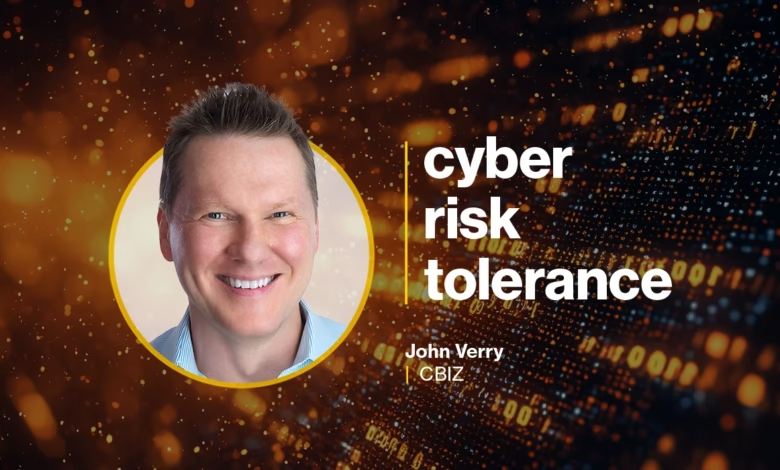CISOs: How to Prove Security ROI to Executives

▼ Summary
– Cybersecurity maturity is evaluated differently by financial risk professionals (via ERM) and insurers (via exposure assessments), requiring programs to address both perspectives.
– Aligning with frameworks like ISO 27001 or NIST CSF helps bridge stakeholder views, improves risk posture, and may qualify for insurance incentives.
– CISOs should standardize risk criteria and avoid fragmentation to communicate cyber risks effectively to non-technical executives and align with business goals.
– Forward-thinking organizations treat cybersecurity as a strategic driver (value creation) rather than just risk mitigation, integrating it into ERM to elevate the CISO’s role.
– Mid-market firms often lack cybersecurity expertise, creating opportunities for virtual services (e.g., vCISO) to address compliance and risk gaps cost-effectively.
Proving cybersecurity ROI to executives requires translating technical risks into clear business impacts. Security leaders must bridge the gap between complex threats and organizational priorities to secure buy-in for critical investments. Understanding how different stakeholders assess cyber maturity, from insurers to financial risk teams, helps shape more persuasive arguments.
Financial professionals evaluate cybersecurity through an Enterprise Risk Management (ERM) lens, focusing on how risks affect revenue, operations, and compliance. Insurers, meanwhile, analyze exposure through assessments, scans, and audits to estimate potential losses. Adopting recognized frameworks like ISO 27001 or NIST CSF aligns these perspectives, demonstrating proactive risk management while potentially lowering insurance premiums. Third-party validations, such as SOC 2 or HITRUST, further strengthen credibility with clients and partners.
A major hurdle for CISOs is the disconnect between technical risks and executive priorities. Without standardized risk criteria, security teams struggle to compare cyber threats alongside other business risks. AI regulations like the EU AI Act and NIST’s AI Risk Management Framework complicate this further, as AI risks span multiple domains. A unified ERM strategy, with consistent impact metrics, helps leadership weigh trade-offs more effectively.
Forward-thinking organizations treat cybersecurity as a strategic enabler, not just a cost center. In industries like manufacturing, where security was historically sidelined, delays in meeting standards like CMMC or TISAX now threaten contracts and revenue. Security leaders who position programs as growth drivers, supporting digital transformation and customer trust, gain stronger executive support.
When discussing risk tolerance with CFOs, framing investments in financial terms is key. For example: “This $500K monitoring tool reduces breach risks by 40%, protecting $2M in projected DIB revenue.” Avoid technical details; instead, highlight operational, reputational, and regulatory consequences. Presenting decision-ready options, with clear costs of action versus inaction, helps executives prioritize effectively.
Mid-market firms face unique challenges, often lacking in-house expertise to navigate evolving threats. Virtual CISO and compliance services offer scalable solutions, delivering enterprise-grade security at lower costs. These models help smaller organizations stay agile, meeting regulatory demands without overextending budgets.
The bottom line? Cybersecurity is a business imperative, not just an IT concern. Leaders who align security with strategic goals position their organizations for resilience, and competitive advantage.
(Source: HELPNETSECURITY)





